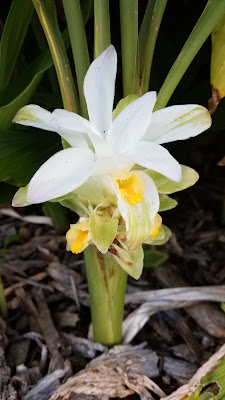Project ʻOlonā - Nīoi (The Hawaiian Chili Pepper)

For my last blog post, I want to talk about a plant that I've worked with for a very long time! I am part of a research group at KCC called Project ʻOlonā and for three years I've focused on Nīoi, or also known as the Hawaiian chili pepper. Our focus was to bridge Hawaiian traditional knowledge of medicine with modern science. With the use of modern day science and technology, we can look at how these plants helped medicinally and verify what our ancestors knew. Nīoi (Capsicum frutescens) is a chili pepper that was introduced to Hawaiʻi and became naturalized to the islands. Kahuna lāʻau lapaʻau (traditional Hawaiian health practitioners) used nīoi to treat arthritis, rheumatism, toothaches, to clear their sinuses, and other health issues. Practitioners would use nīoi with other ingredients to make their remedies. My project in a nutshell! Just to make it easier to read, I'll list out what I did and what I've concluded. Grew nīoi in hydroponics and...







